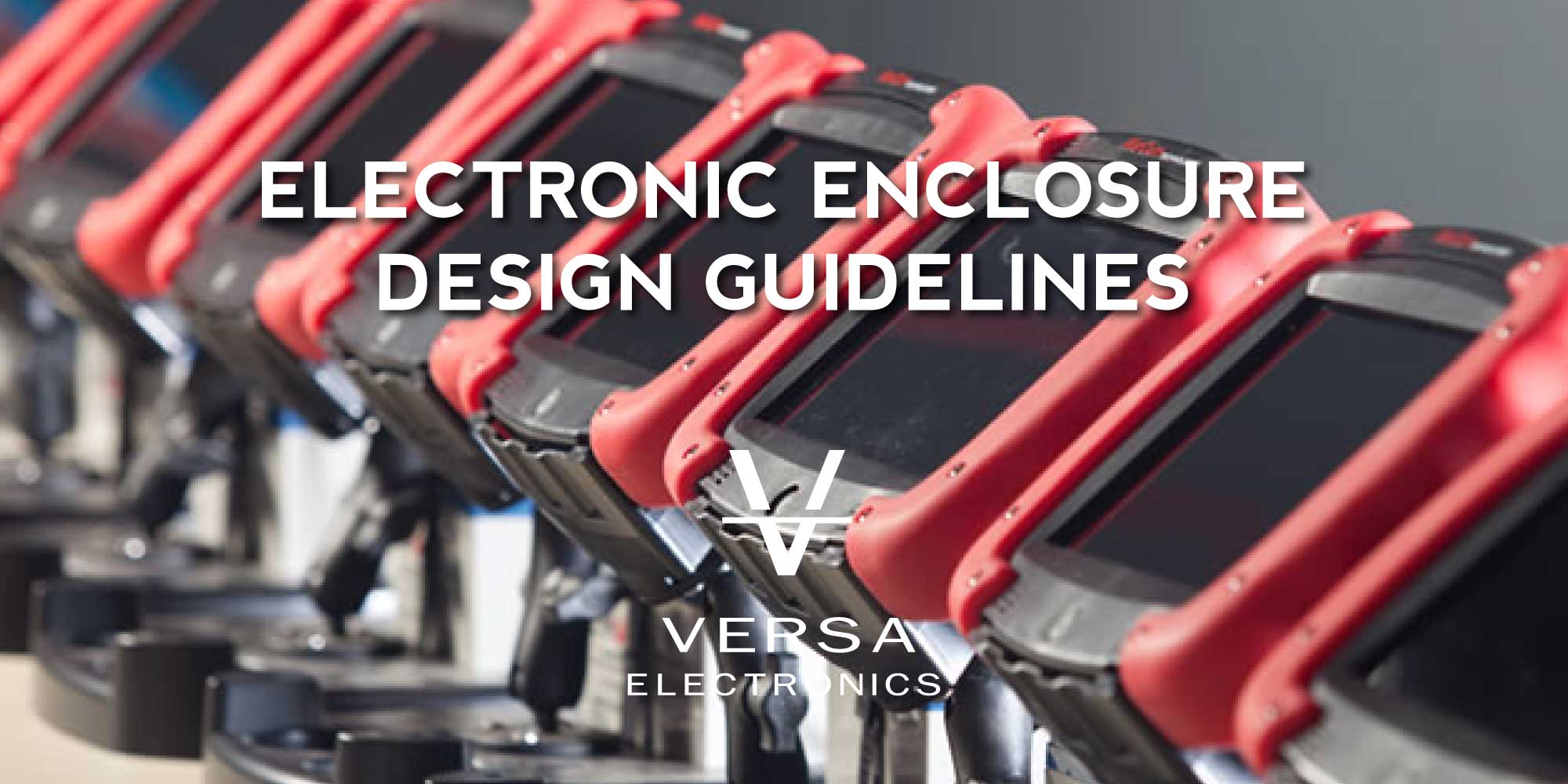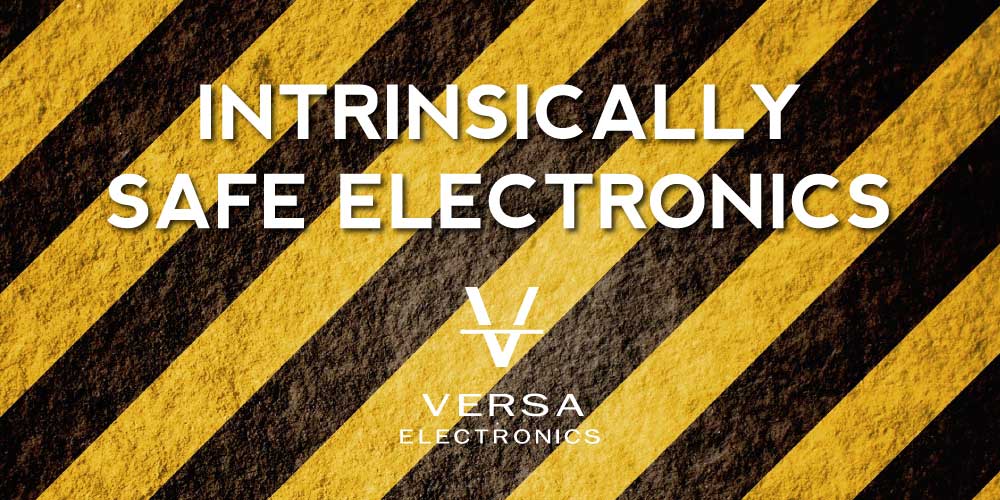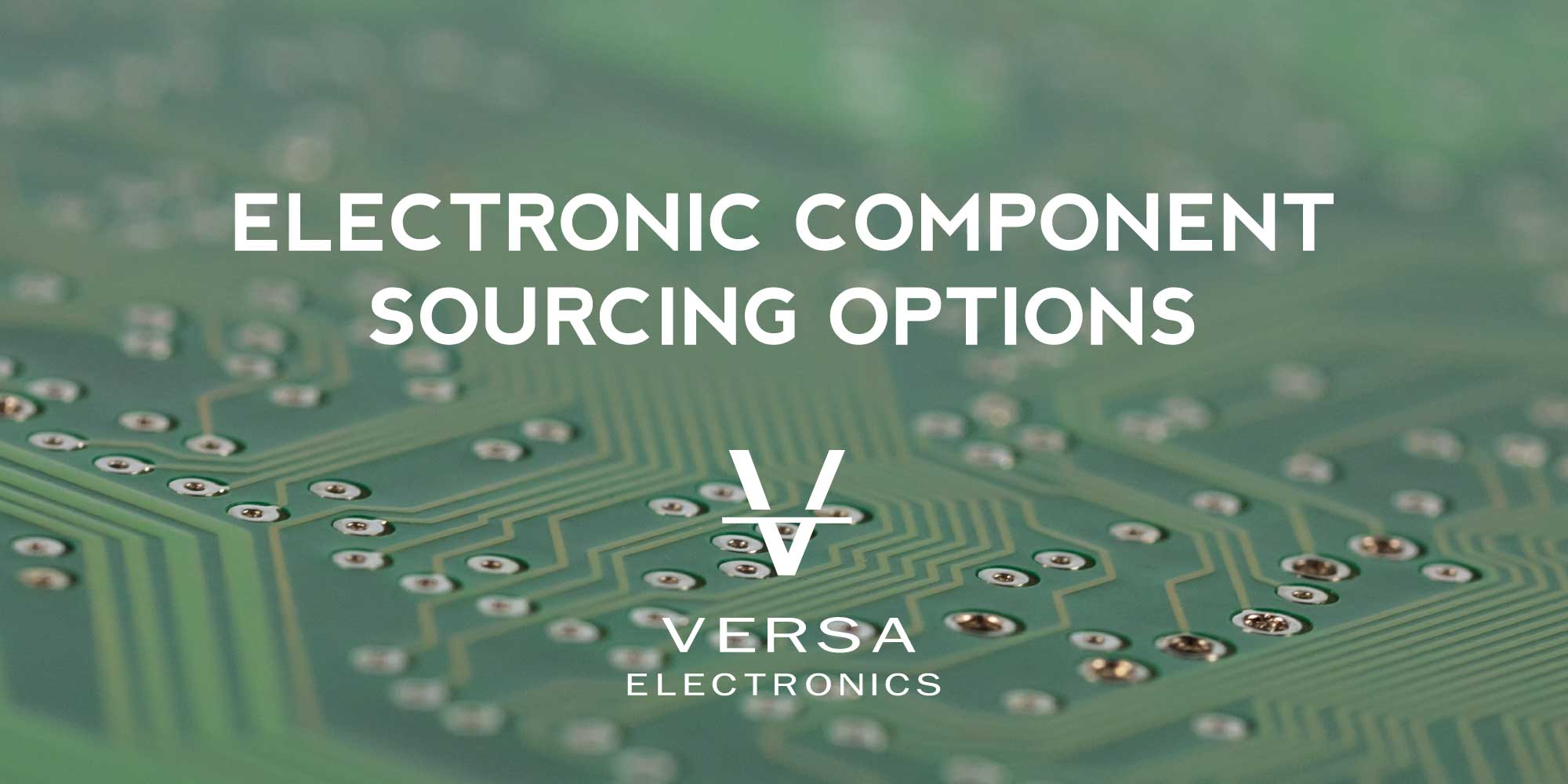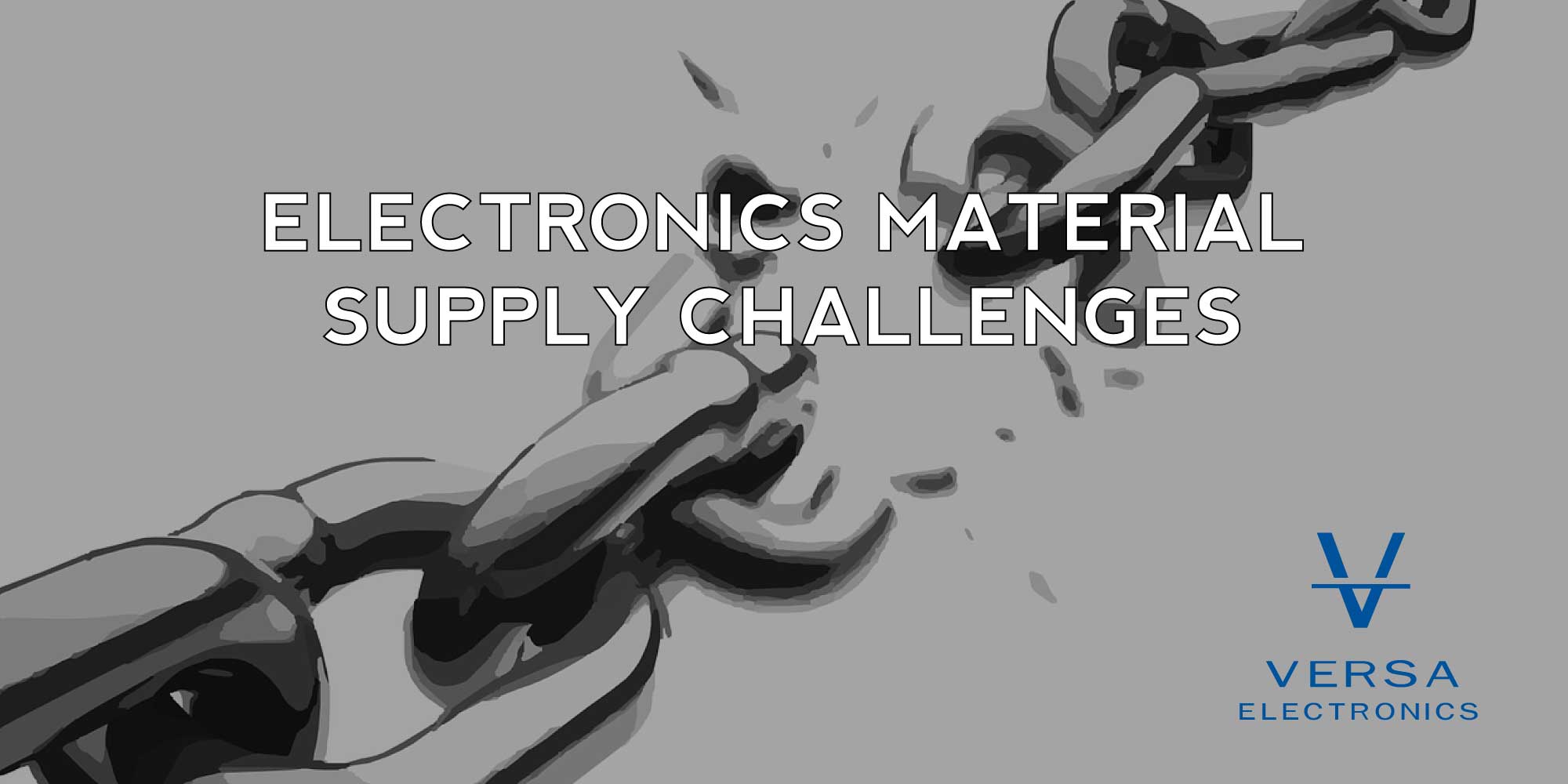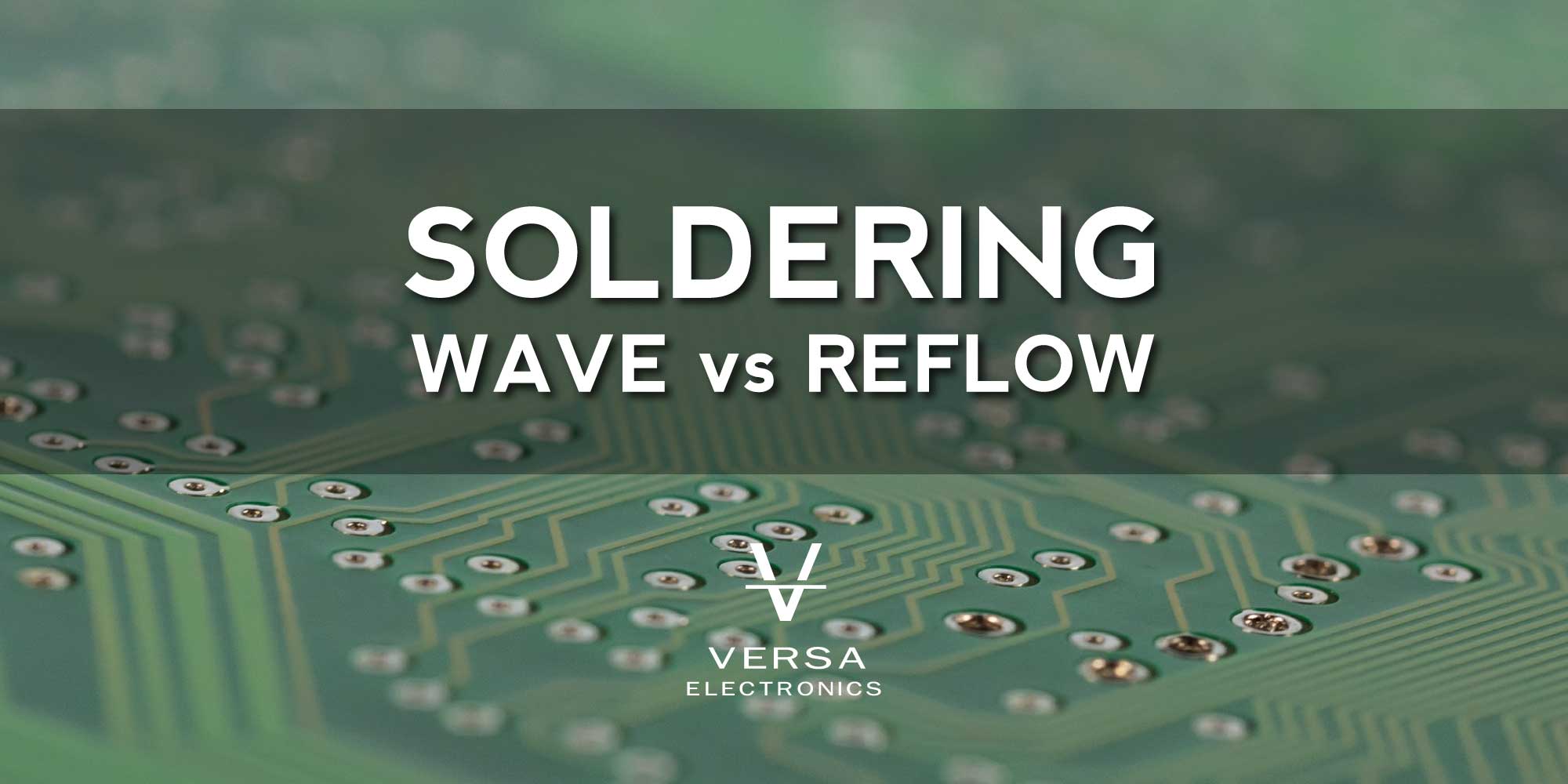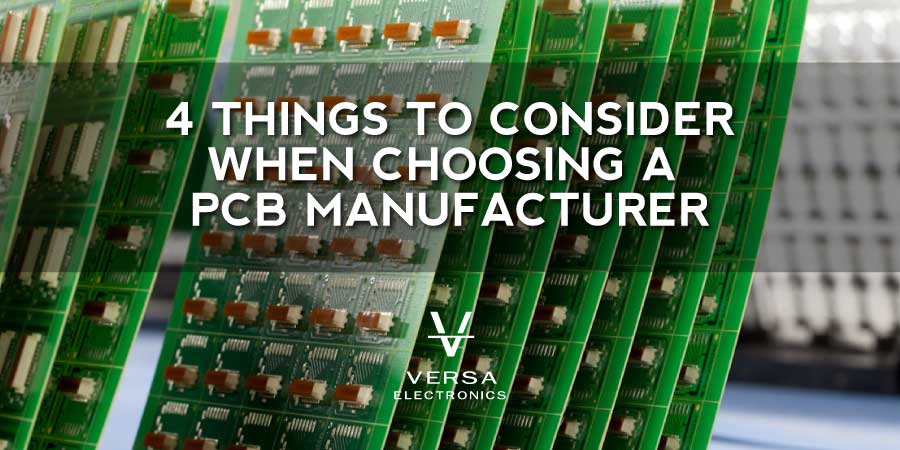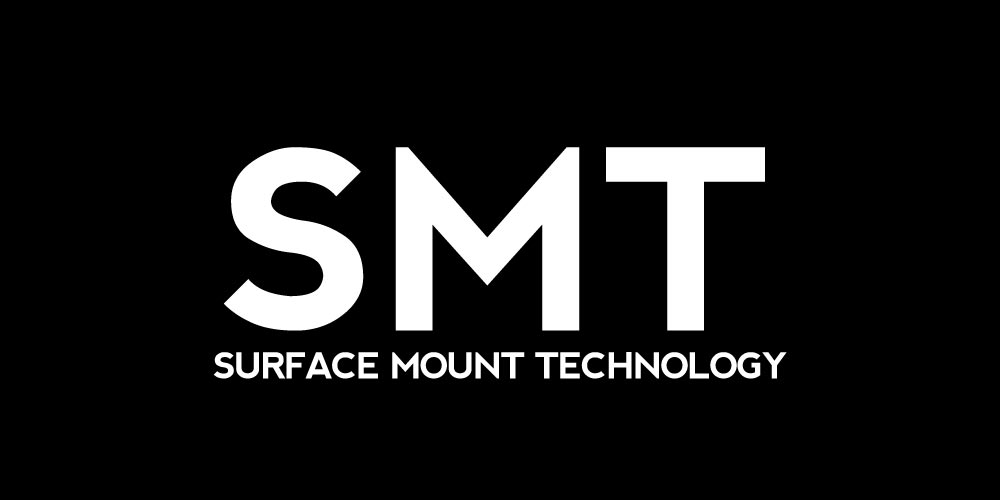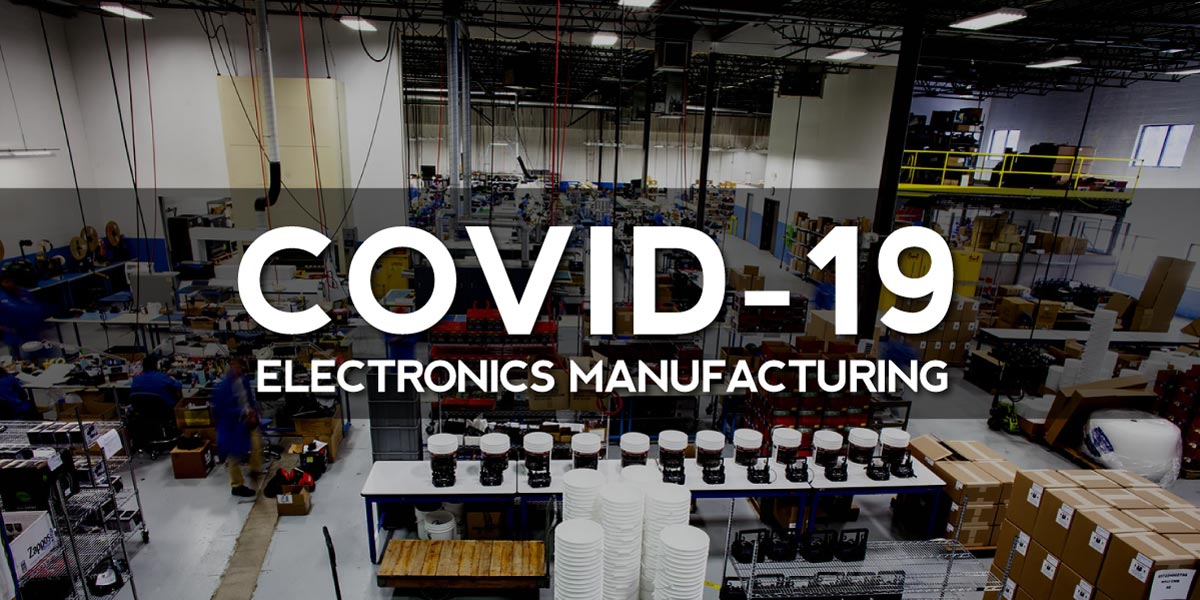Electronic Enclosure Design Guidelines
The role of enclosure design in the electronics industry cannot be overstated. From the smartphones in our pockets to extension cords and home theaters, the outer cover of these devices is crucial to their function, performance, and life. PCB enclosures

